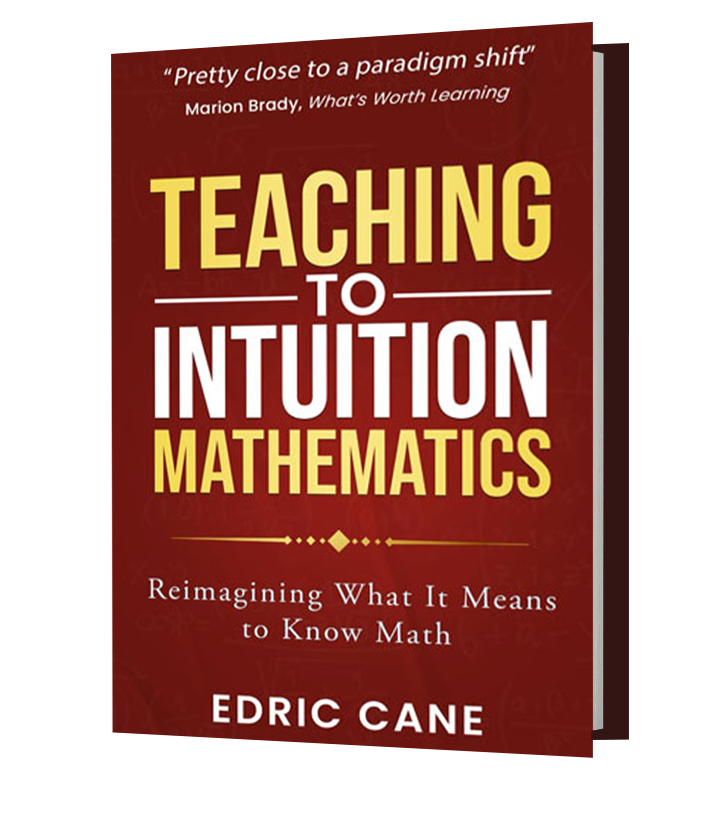Edric Cane’s “Teaching to Intuition: Mathematics, Reimagining What It Means to Know Math” is a thought-provoking and innovative work that redefines the traditional approach to teaching mathematics. This book stands as a comprehensive guide for educators seeking to foster a deeper understanding of mathematical concepts in their students. In a field often dominated by memorization and formulaic approaches, Cane advocates for a methodology rooted in intuition and discovery, making mathematics a natural extension of everyday reasoning.
The book is divided into chapters that explore fundamental mathematical principles through relatable and real-world analogies. Cane’s approach revolves around demystifying abstract mathematical rules by aligning them with intuitive understanding. The central thesis is that students learn better when they can link mathematical concepts to intuitive knowledge, rather than merely memorizing rules or following procedures. This makes the book particularly beneficial for K-12 teachers, parents, and anyone involved in educational curriculum design.
One of the standout elements of “Teaching to Intuition” is its use of everyday scenarios to illustrate complex ideas. For example, in the chapter titled “At the Checkout Counter,” Cane demonstrates how common shopping experiences can highlight mathematical properties such as the commutative property of addition and the structure of operations. This approach is refreshing, as it brings mathematics to life by showing its application outside the classroom, making it easier for students to grasp.
Cane’s ability to explain difficult concepts in a straightforward manner is another strength of the book. Rather than getting lost in academic jargon, he breaks down topics like negative number operations and the order of operations using what he calls “bubbles” and a “vertical number line.” These visual tools enable students to visualize and manipulate numbers in a way that aligns with their intuitive understanding, thereby fostering a more meaningful learning experience. His method encourages discovery and active participation, making learning both engaging and effective.
Moreover, Cane’s passion for addressing the long-standing challenges of math education is evident throughout the book. He articulates his concern over students’ aversion to mathematics and offers solutions to reverse this trend. The book is not only a manual for better teaching but also a call to action for a paradigm shift in how we perceive and impart mathematical knowledge.
“Teaching to Intuition” is distinguished by its practical applications and the clarity with which it conveys its message. The book is filled with real-life success stories and testimonials from educators and students who have benefited from Cane’s methods. These anecdotes serve as a testament to the effectiveness of the approach and offer inspiration to educators who wish to create similar impacts in their classrooms.
Overall, Edric Cane’s “Teaching to Intuition” is an essential read for anyone invested in making mathematics accessible and
enjoyable. The book’s emphasis on intuition, combined with its practical strategies and tools, equips educators to nurture a genuine understanding of mathematics in their students. Whether you are an experienced teacher or a parent looking to support your child’s mathematical journey, this book provides valuable insights and techniques that are sure to transform your approach to teaching and learning math.

